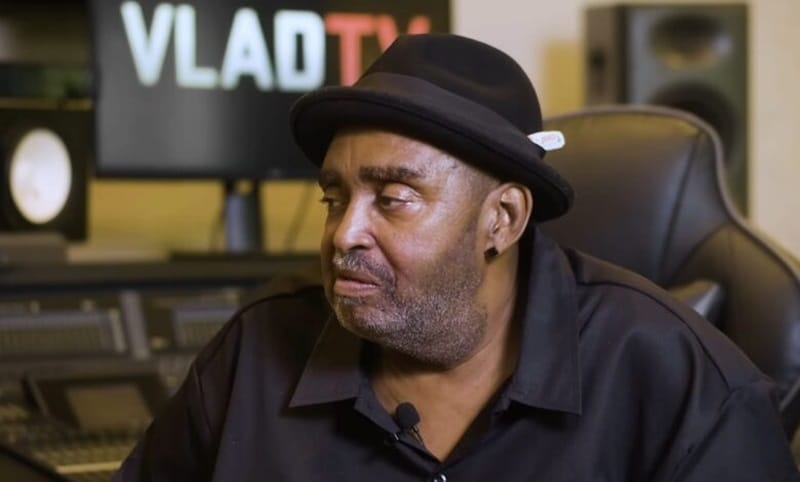Layton Simon is associated with a dramatic life story of transformation, resilience, and redemption. From his early days navigating the tumultuous streets of Detroit to becoming a beacon of hope and change within the same community, his journey is compelling and inspiring.
This article delves into Simon’s multifaceted life, capturing evolution from a notorious figure to a committed youth advocate.
Early Life and Entrance into the Drug Trade
Born in 1958 in Detroit, Michigan, Layton Simon was introduced to the harsh realities of street life at an early age. Growing up in a tough neighborhood, he learned to fend for himself and his family, often finding himself as a protector.
At the tender age of 14, Simon entered the world of drug trafficking, quickly making a name for himself under the tutelage of Harold Stinson, a notorious drug lord of that era. His resourcefulness and audacity led him to substantial early success, marked by acquiring a 1972 Lincoln Town car at 15.
Conflict and Rivalry
The rise of the Flenory brothers, Big Meech and Southwest T, brought new challenges to Simon’s operations. A fierce rivalry ensued, cementing a reputation for his ruthless demeanor and swift action against opposition. Despite the conflicts, he gained respect for Big Meech’s adherence to street codes, distinguishing him from other adversaries.
Legal Challenges and Turning Point of Layton Simon
Simon’s life of crime inevitably led to encounters with the law, starting from as early as nine years old during the 1967 Detroit riots. Over the years, his criminal activities culminated in significant legal repercussions, including a notable police raid. These challenges served as a wake-up call for him, prompting a profound shift in his life trajectory.
Advocacy and Social Change
Today, Layton Simon is a committed advocate for youth development and social change within Detroit. Turning his back on a life of crime, he now dedicates efforts to mentoring young people, advocating for education, and steering them away from the pitfalls of gang and drug involvement.
Through his outreach, Simon has become a symbol of hope and a testament to the possibility of redemption and transformation.
The BMF Connection and Media Portrayal
Simon’s life story gained broader attention through its loose adaptation in the Starz series “BMF” (Black Mafia Family), where he inspired the character of Lamar Silas.
While the series captures the essence of his early influence and strength in Detroit, it is important to recognize the distinctions between the dramatized portrayal and Simon’s actual life, especially regarding current advocacy work.
Legacy and Future Outlook
Layton Simon’s legacy is one of resilience, transformation, and the relentless pursuit of positive change. By sharing his story, he hopes to inspire others to believe in the possibility of turning their lives around, no matter their past. As he continues to work within the community, Simon’s life serves as a compelling narrative of redemption, showcasing the power of second chances.
Conclusion
Simon’s journey from notoriety to advocacy underscores the complex realities of life on the streets and the potential for personal growth and societal contribution.
His story is a reminder of the human capacity for change and the impact one individual can have on the lives of many. Through his example, he continues to shape a legacy that transcends the past, offering hope and guidance to future generations.

At Villa Corona Mexican Grill, we’re passionate about sharing our love for authentic Mexican seafood dishes with food enthusiasts like you. Dive into our feed to discover mouthwatering photos and videos of our delectable ceviches, fish tacos, shrimp cocktails, and more. We’ll take you on a culinary journey through Mexican coastal cuisine’s vibrant flavors and rich traditions.
Get ready to tantalize your taste buds and embark on a flavorful adventure with us. Follow, like, and share to become part of the Villa Corona Mexican Grill family today! 🌊🍤🌶️ #MexicanSeafood #VillaCoronaMexicanGrill

